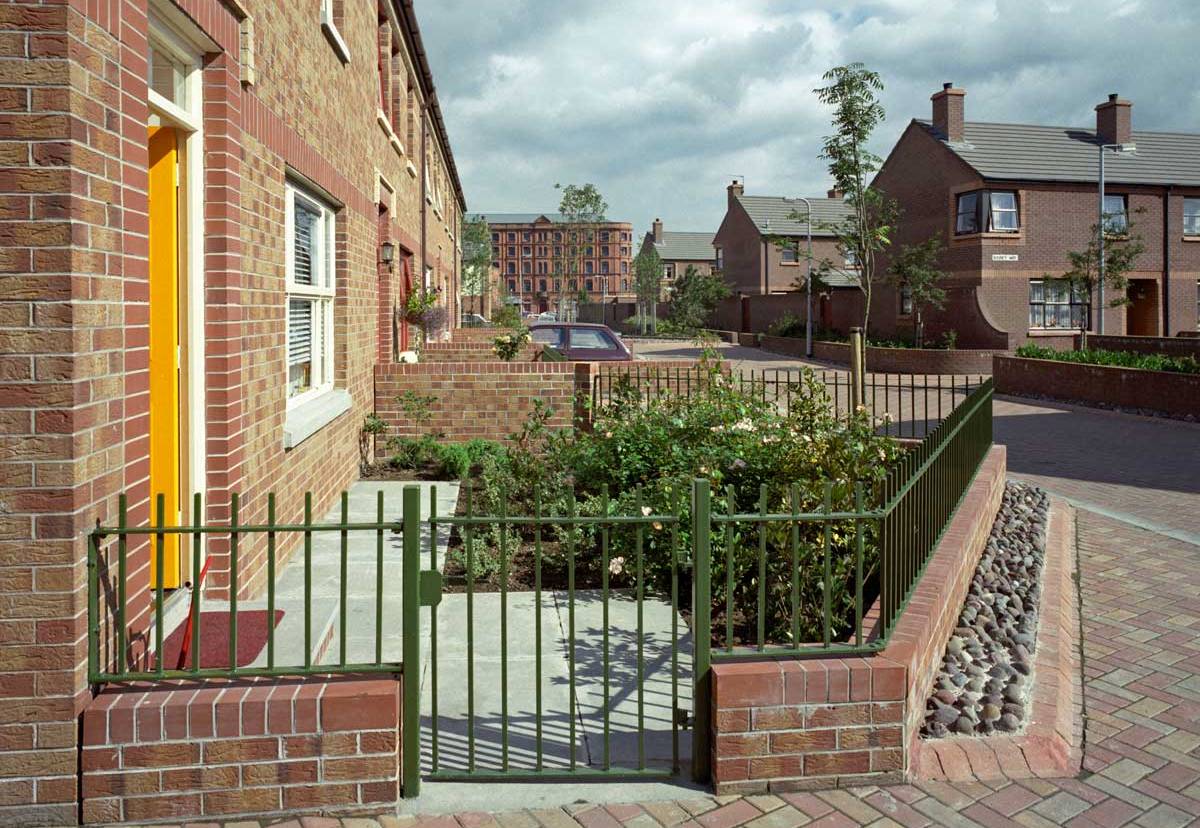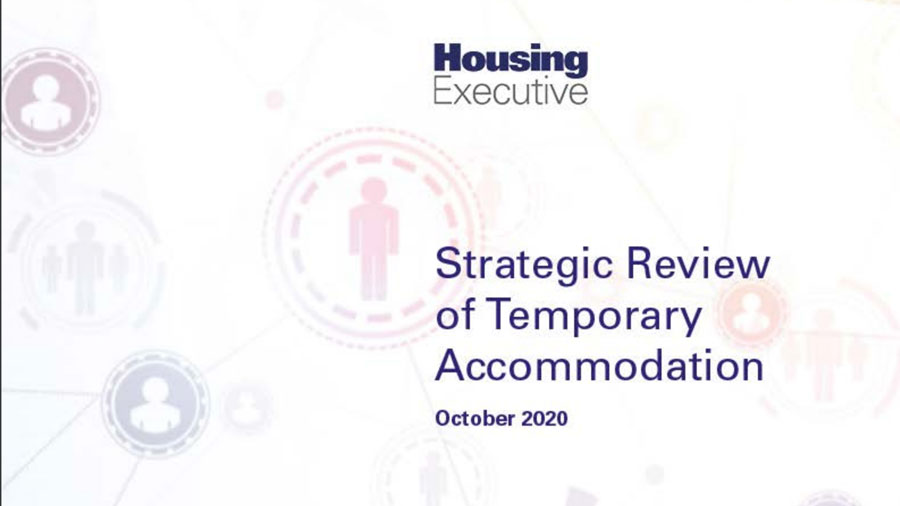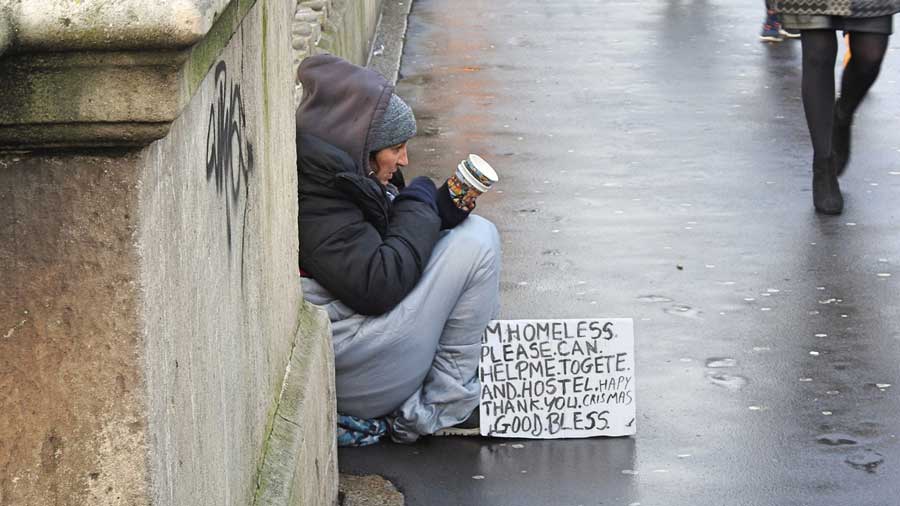Northern Ireland Housing Executive at 50
The significance of joining the NIHE as Chief Executive during the organisation’s 50th year, is not lost on Grainia Long. As she plans the organisation’s future, she intends to learn from its remarkable past

STRATEGY
Pictured: new housing in Coalisland, Co Tyrone

Grainia Long
Chief Executive, Northern Ireland Housing Executive
Nearly six months into the job as CEO, I’m still discovering on a daily basis the breadth and scope of the Northern Ireland Housing Executive. The obvious features remain true: a landlord at scale, managing more than 84,000 homes, keeping 170,000 people safe, warm and dry – that’s almost 10% of the region’s population living in our properties.
Alongside this, it remains the strategic housing authority for Northern Ireland, continuing to meet its fundamental purpose of ensuring housing is administered in a fair and impartial manner. But the organisation goes far beyond that these days, with responsibility for homelessness, assessing housing need, providing private sector grants, administering Housing Benefit and enabling the Social Housing Development Programme.
All of these functions are critical to daily life in Northern Ireland – as an organisation with a budget of £1.2 billion, there are few corners of the region not impacted in some way by our work. But size does not guarantee that an organisation delivers the right outcomes. What I have learned in my short time in the organisation is that purpose, values and people make the difference.
50th anniversary
The NIHE is unique because it is a product of its past. Over the past 50 years, the organisation has built more than 80,000 homes, set up an allocation system and methods of identifying housing need, overseen housing unfitness levels drop from 20% to 2% and, though this work, has transformed many communities across Northern Ireland.
We’ve assisted countless households in need of housing and of support, built and improved hundreds of thousands of properties, and regenerated many neighbourhoods across Northern Ireland. Most importantly we have won widespread support from the communities we serve and are recognised locally, nationally and internationally for the positive social impact of our work.
“Over the past 50 years, the organisation has built more than 80,000 homes, set up an allocation system and methods of identifying housing need, overseen housing unfitness levels drop from 20% to 2% and, though this work, has transformed many communities across Northern Ireland.”
Meaningful impact
The NIHE has built on its original vision and has become an organisation that goes beyond the social, to achieving meaningful economic and environmental impact. With an annual maintenance programme of £217 million this year, we ensure this spend has the best economic impact locally, inserting social value clauses in our contracts to yield jobs and sustainable economic growth for local communities. We are passionate about ensuring we are making Northern Ireland climate resilient, and so we are retrofitting up to 2,700 homes in three years, learning through innovation and reducing fuel poverty at the same time.
So despite its size, and having a range of sometimes disparate functions, I find myself leading an organisation that thinks and acts locally. As a result, it is uniquely trusted by the people it serves. That trust has been built up over 50 years, and retaining it is daily work.
So for this reason, while I am excited by the prospect of revitalising the organisation – freeing it up to borrow in the public interest – I am equally committed to ensuring that a renewed organisation retains the purpose, values and people that make it unique.

Pictured: New housing, Apsley Street, Belfast
Borrowing to invest in homes
In its 50th year, freeing the NIHE to borrow in order to invest in its stock and build new homes has never been more pressing nor more urgent. The level of investment required (at 2018 prices) in Housing Executive homes is estimated at around £7.1 billion over 30 years – with £3 billion required over the next 10 years. This is double what the organisation can afford and does not take into account our ambitious programme to ensure our housing stock is carbon-neutral and meets the highest standards of building safety.
In practical terms, this investment requirement means that much of our stock is not meeting the standards it should, and that has real-life implications for the health and wellbeing of our residents. Our inability to build new social housing means we cannot reduce the widening gulf between demand and supply.
Following a statement to the Northern Ireland Assembly in November 2020 by the Minister for Communities, the Housing Executive Revitalisation Programme was established. The objectives of this programme are to consider and assess options which will meet the investment challenge. At the heart of this is ensuring a revitalised strategic housing authority and a sustainable social landlord that can maintain and provide good-quality and affordable social homes for current tenants and future generations.
At this moment we are working alongside the Department for Communities to produce a recommendation by early 2022 on how best to meet these goals.
It is fitting that in the organisation’s 50th year, we should be asking big questions about its future. Whatever form or function it takes in the future, NIHE will be at its best when it is focused on people, just as it was 50 years ago, and has remained ever since.
NIHE in numbers
84,000
homes managed
170,000
people live in NIHE properties
80,000
homes built over the past 50 years
£217 million
annual maintenance programme
2,700
homes to be retrofitted over three years
£7.1 billion
level of investment required in NIHE homes over the next 30 years
£3 billion
level of investment required in NIHE homes over the next 10 years


